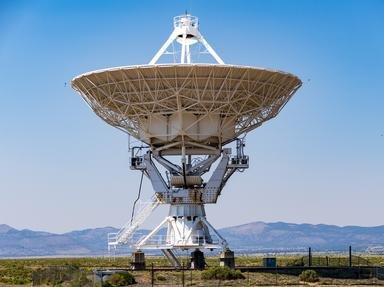
Space Terms Trivia Quiz
Cosmology has come up with a large number of terms to describe the many phenomena in outer space. Can you tell which term refers to galaxies, stars or planets?
This is a renovated/adopted version of an old quiz by author Ace417
A classification quiz
by wellenbrecher.
Estimated time: 3 mins.